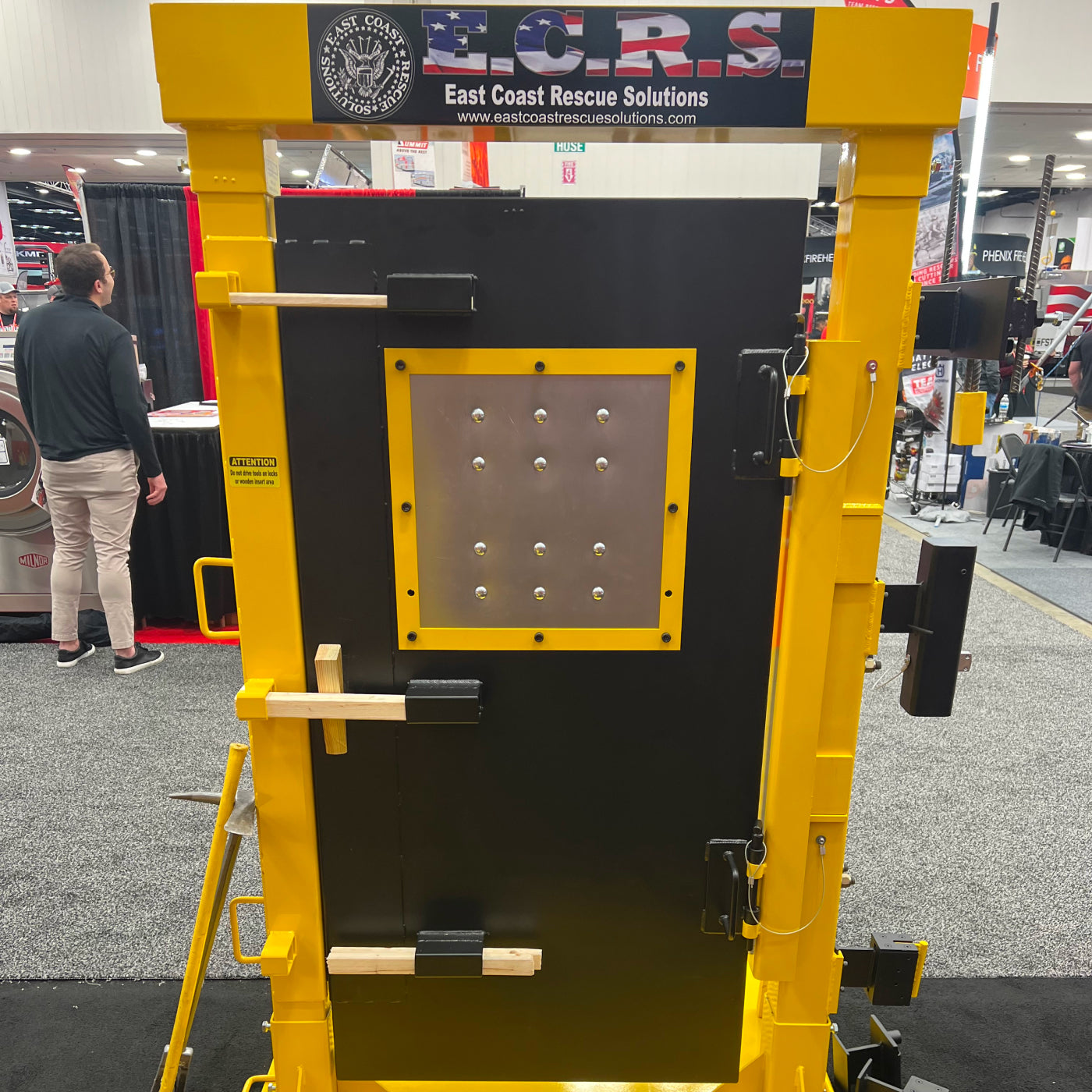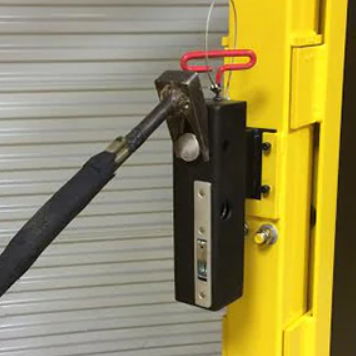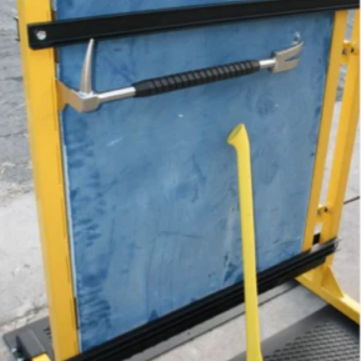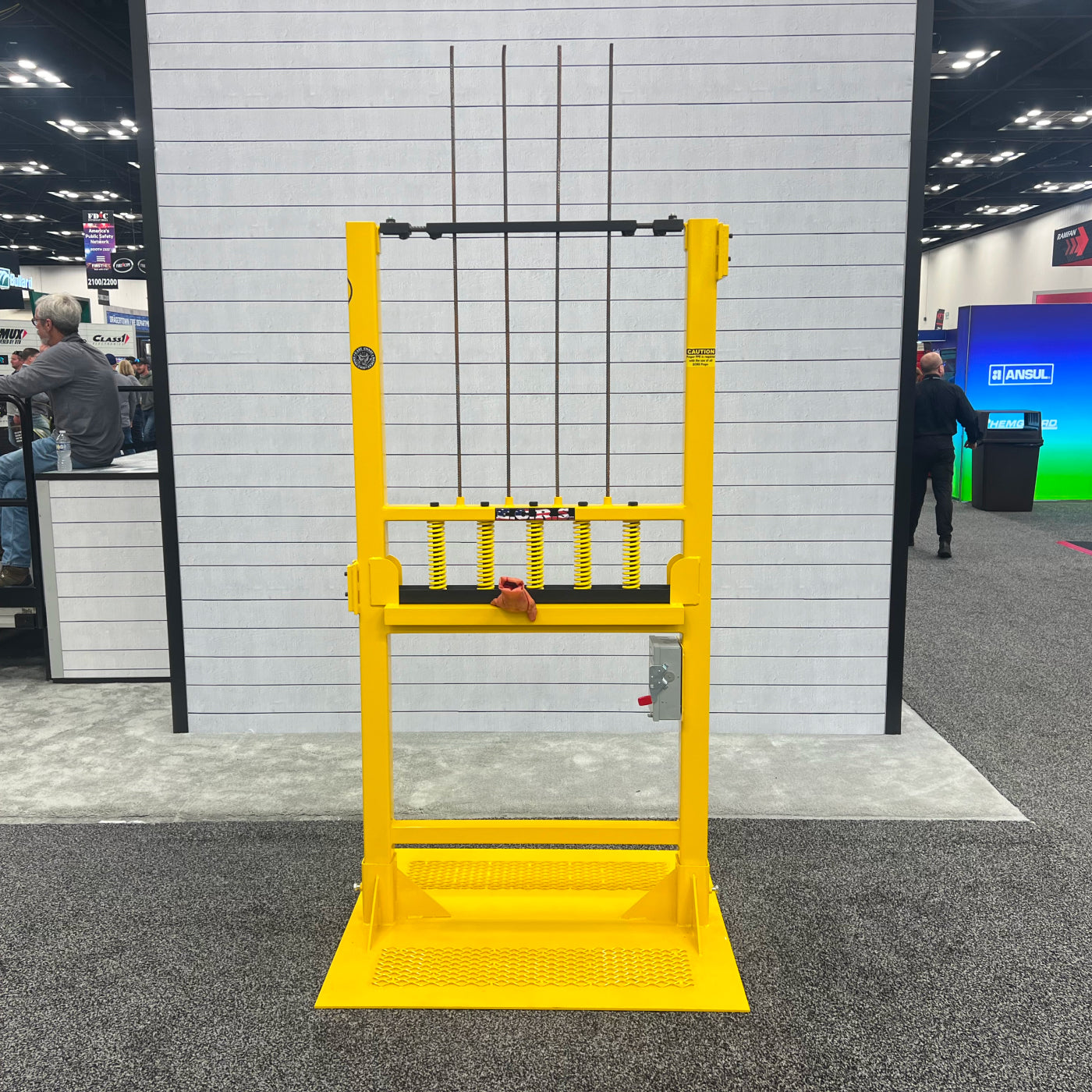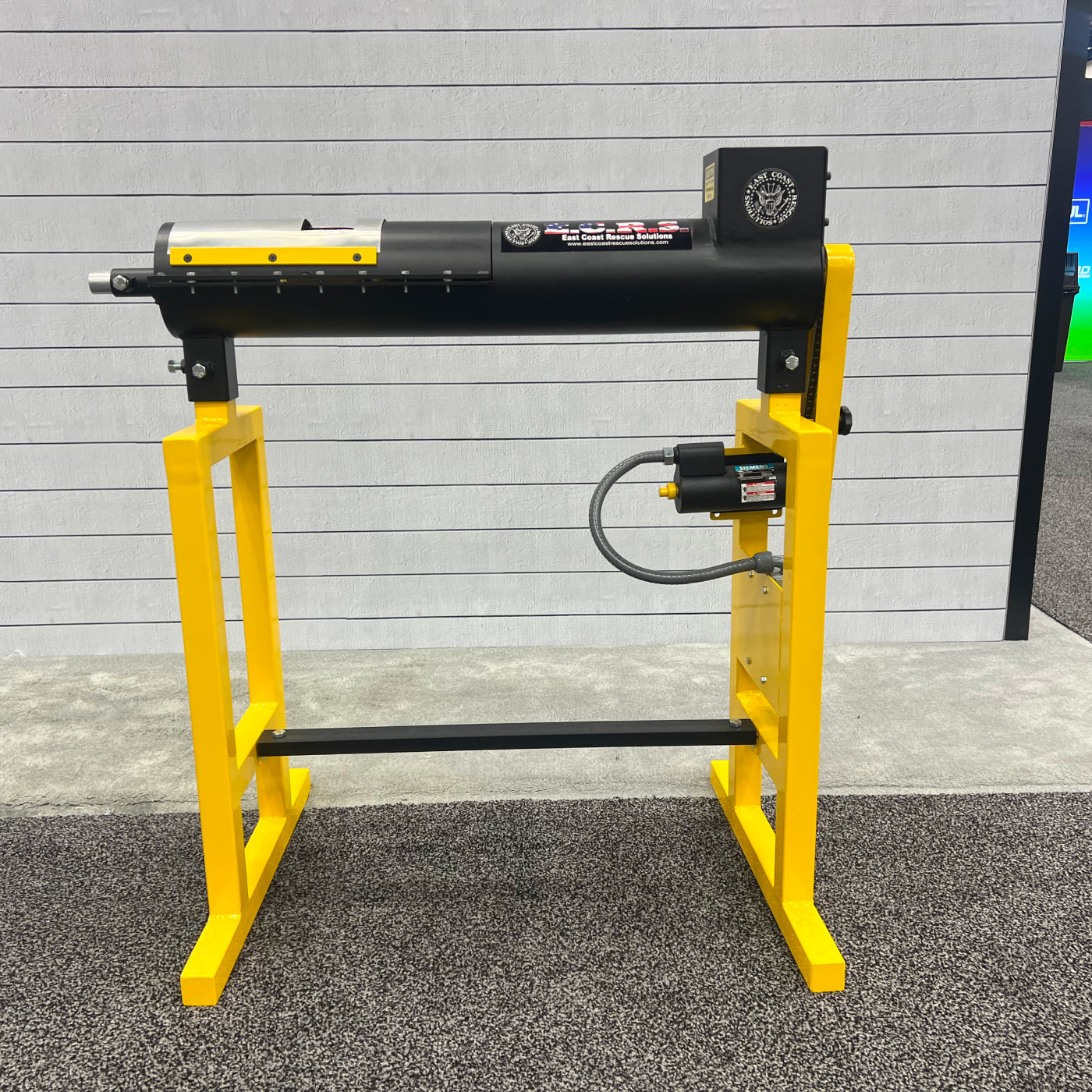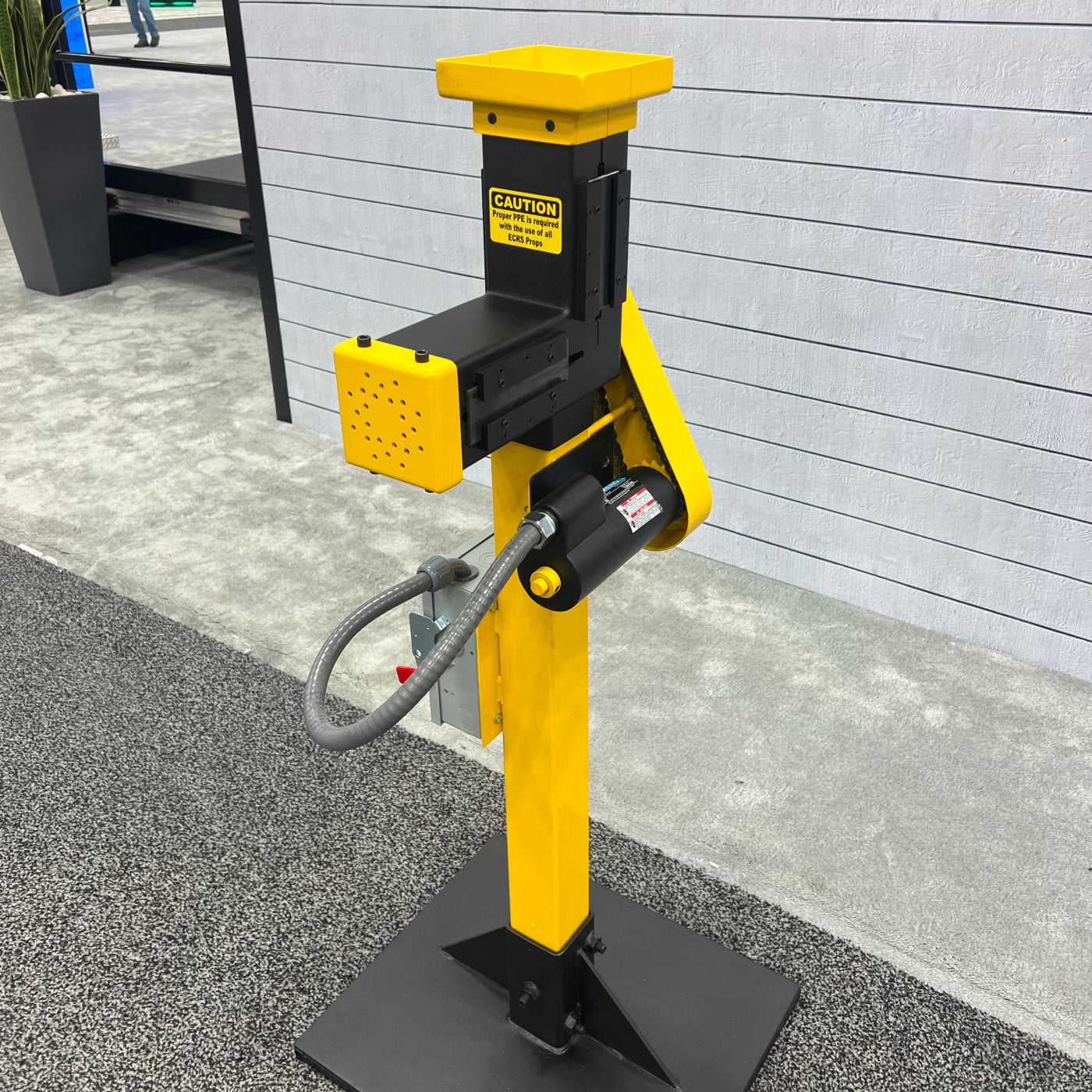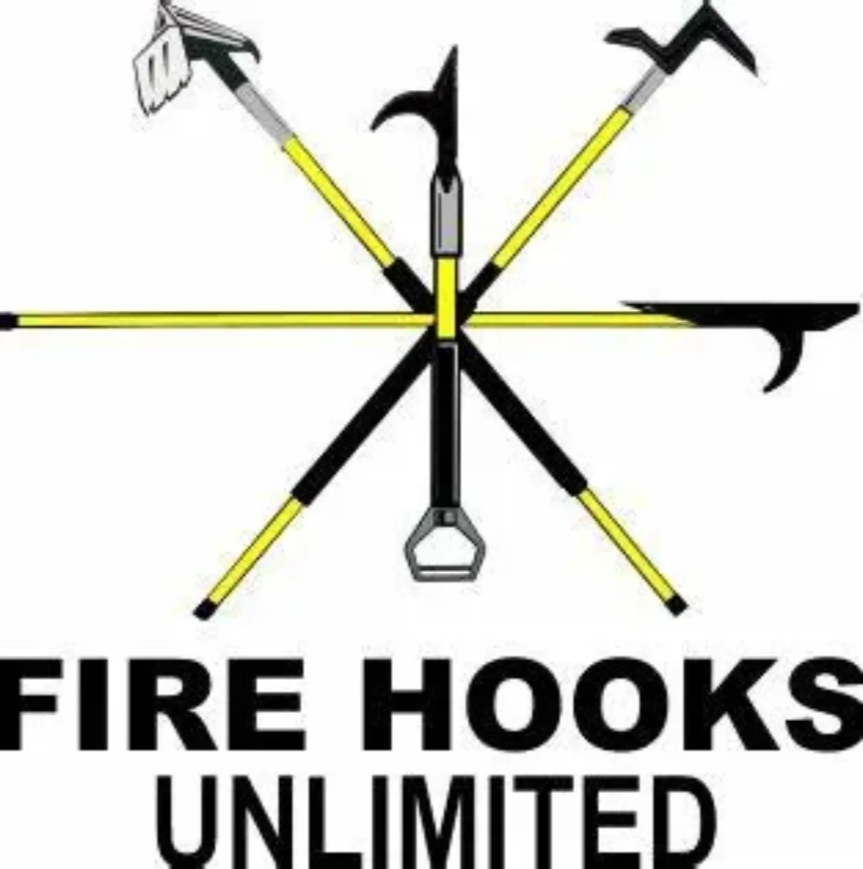When was the last time you inspected your personal escape system? If your answer isn’t “within the past month,” then it’s time to treat that gear like the lifeline it is. Proper inspection, care, and storage of your PES ensures that when everything else goes wrong, your bailout system doesn’t.
Why Routine Inspection Matters
Your PES is your last line of defense. Exposure to heat, abrasion, moisture, and contamination can silently degrade components over time. Regular inspection:
-
Catches fraying or weakening before failure.
-
Maintains NFPA 1983 compliance.
-
Builds your confidence in the system’s reliability.
Monthly Inspection Checklist
Use this checklist during drill nights or station downtime. Ideally, inspect your PES every month or after every live fire exposure.
1. Rope or Webbing
-
Look for: Cuts, burns, frays, or hard spots.
-
Test: Run the rope slowly through gloved hands to feel for stiffness or flat sections.
-
Replace if: Rope is discolored, heat-damaged, or has unknown exposure history.
2. Descent Device
-
Look for: Cracks, sharp edges, corrosion, worn moving parts.
-
Test: Function check under load during training; verify locking mechanism.
-
Clean with: Mild soap and water — avoid solvents that degrade metals or coatings.
3. Anchor Hook
-
Look for: Deformation, worn teeth, cracked welds, or corrosion.
-
Test: Confirm smooth action of the gate and tight hardware.
-
Check: Attachment stitching if the hook is sewn into the webbing.
4. Storage Pouch / Harness Integration
-
Look for: Ripped seams, melted areas, torn flaps, or broken Velcro/zippers.
-
Test: Practice deployment with gloved hands to confirm ease of access.
-
Ensure: PES is stored with the hook accessible and rope uncoiled properly.
Maintenance Best Practices
-
Dry it thoroughly. If wet, hang in a cool, shaded area with good airflow — never dry near heaters.
-
Avoid UV exposure. Don’t leave your PES on the dash or in direct sunlight long-term.
-
Label and log. Keep a rope log with use history, inspection dates, and cleaning notes.
-
Replace as needed. Rope generally expires after 7–10 years, even unused. Use manufacturer guidance.
How to Store Your PES Correctly
-
Pouch-mounted: Worn on your harness or turnout pants for rapid deployment.
-
Locker-stored: Keep in a dry, cool environment with the pouch fully closed and labeled.
-
Truck-stored backups: Must be checked after every call and repacked neatly.
Conclusion
Regularly inspecting and maintaining your PES is as important as practicing your bailout technique. A system failure during deployment is not just inconvenient — it’s catastrophic. Build monthly inspections into your department’s rhythm and train like your life depends on it—because it does.

